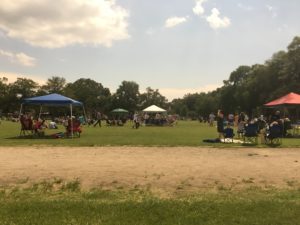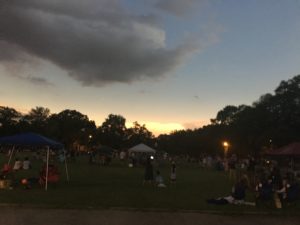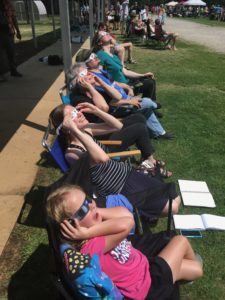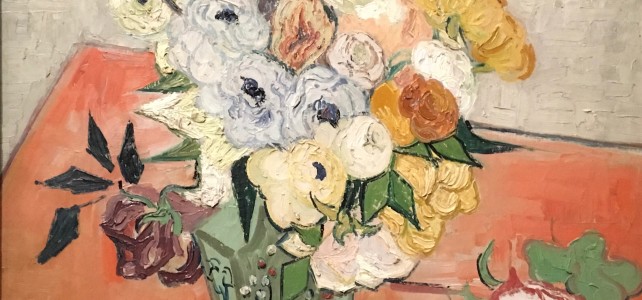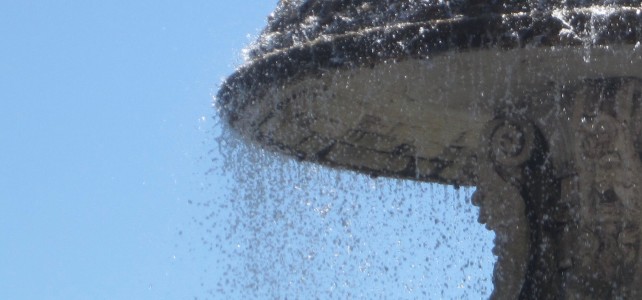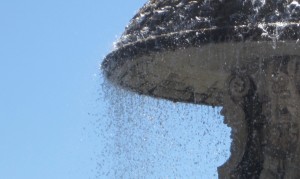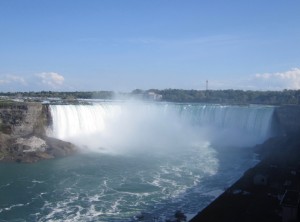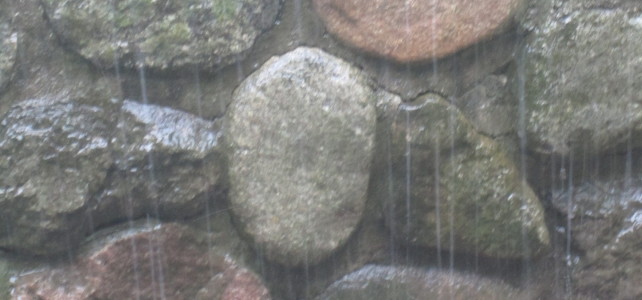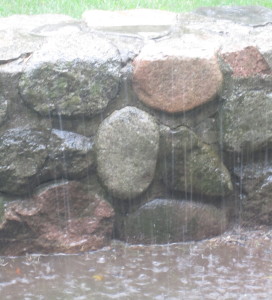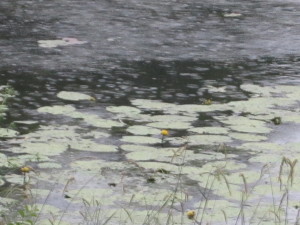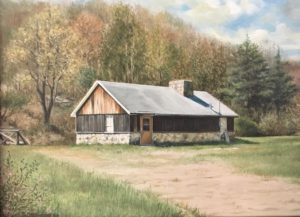
Painting of Koinia, oil on canvas, by Marvin Triguba, 1986
Sometimes an ordinary event becomes an extraordinary grace. That happened to me last week, and I’m grateful. Horrible headlines, day after day, overwhelm. I couldn’t finish reading an article about the violence and abuse that drove Honduran families to risk everything and take a chance on making it to the United States. Some did, only to be turned away. Pope Francis’s declaring the death penalty inadmissible in all cases and changing the Catholic Catechism to reflect that teaching was hopeful. Still, I felt worn out as I sat down to write.
I’d just spent a couple of weeks mentally residing in December, researching Scripture and writing a homily to be published for the second week in Advent. Pulling myself back into August, I read through the week’s liturgical texts for inspiration to write. Lots of feasts and interesting saints, but sometimes your spirit is too tired to do much, even with an embarrassment of riches.
I looked out the window, thinking about nothing in particular when suddenly, the image of a beautiful oil painting came to mind, and I smiled. It changed everything. Here’s the story.
Last week, I had the pleasure of delivering that painting to a couple, Mike and Patty, my friends since I was a college student. It wasn’t just any painting. It was created by a mutual friend and artist Marvin Triguba, a master at capturing the essence of his subject—in this case, a small wood and stone building sitting in the woods near Ohio’s Hocking Hills. We called it “the lodge” but it was really a repurposed cement block garage.
For decades, this building and the surrounding land had been the gathering place for a small community – including Marvin, Mike, and Patty – and their friends. We shared potluck dinners, singalongs, bonfires, and late-into-the-night conversations about God, belief, and what being faithful looked like in our world and in our lives.
The painting had belonged to yet another friend and community member, Fr. Mario Serraglio, who died just a few months ago. It needed a home, and I could think of none better than with Mike and Patty. Before taking the painting to them, I spent time contemplating it and remembering.
It wasn’t just the community gatherings that stirred my spirit. There were times I came alone to pay attention wild flowers or to play guitar and sing my prayer. There were snowy days when I skipped classes at the university and drove down to walk through the woods and along the pipeline that ran over the hills. In the early days, a ramshackle house stood on the property too, and that’s where I stayed. After my walks I slid a chair close to an old gas heater that struggled to warm the house. I read poetry and wrote in my journal, sipping tea until sunset. Some nights the stars took my breath away.
Years later, I shared the place with my family, spending birthday weekends in October and February there. Two of my daughters used flint and steel to light a fire in the lodge’s large stone fireplace and banked it each night, keeping it going for days. We roasted apples, took walks, read books, played Ping-Pong, and enjoyed one another’s company. No TV, phone, or radio.
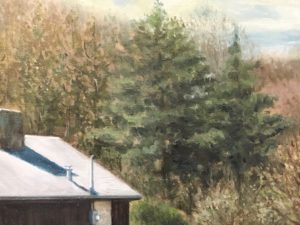
Detail of painting by Marvin Triguba, 1986
The longer I looked at the painting, the more memories floated into consciousness. Ordinary things: autumn leaves falling while woodpeckers hammered away at hollow trees; white trillium announcing the coming of spring; my first taste of oxtail vegetable soup; tall weeds heavy with dew sparkling in the morning light.
Marvin had an amazing way of painting light. He once said that was just how he saw everything and wondered aloud if everyone didn’t see that same way. I don’t think we do. Or we don’t slow down enough to really notice. Just like we don’t always recognize and reverence the Divine Presence in ordinary life. In people. In creation.
But it’s always there, the sacrament of encounter that feeds the soul and brings hope when it’s hard to find. Like the disheartened Elijah wakened by an angel and instructed to eat the divinely supplied hearth cake and water that would provide energy for his long journey, we are invited to waken and be nourished by Holy Grace offered always and everywhere if we have the heart to see it and the courage to take it in.
The words of Brother Lawrence, the 17th century Carmelite come to mind: “In the noise and clatter of my kitchen, I possess God as tranquilly as if I were upon my knees before the Blessed Sacrament.”
Amen.
© 2018 Mary van Balen
This is a slightly edited version of the original published in the Catholic Times, August 12, 2018
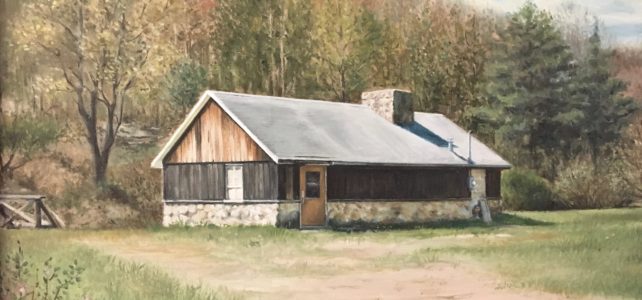
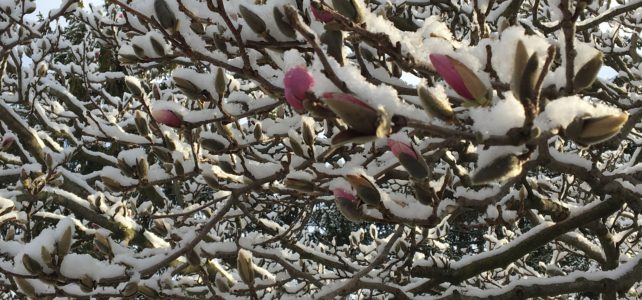
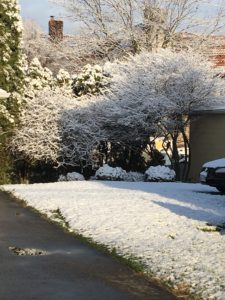 Yes, as the rain and the snow come down from the heavens and do not return without watering the earth,
Yes, as the rain and the snow come down from the heavens and do not return without watering the earth, 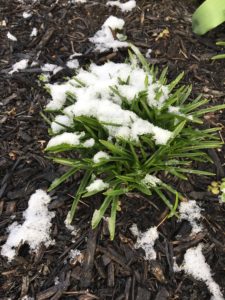
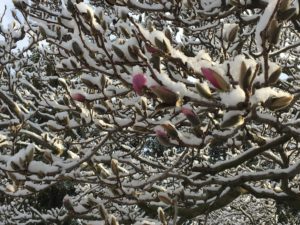 making it yield and giving growth to provide seed for the sower and bread for the eating,
making it yield and giving growth to provide seed for the sower and bread for the eating,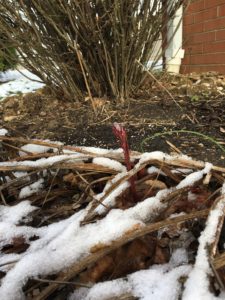
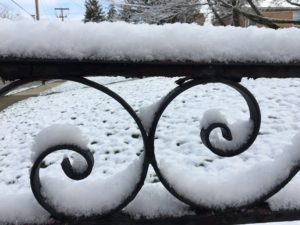
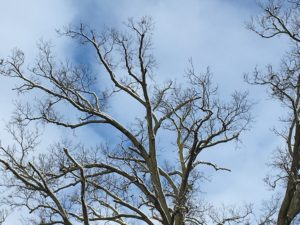 without carrying out my will and succeeding in what it was sent to do. Isaiah 55, 10-11
without carrying out my will and succeeding in what it was sent to do. Isaiah 55, 10-11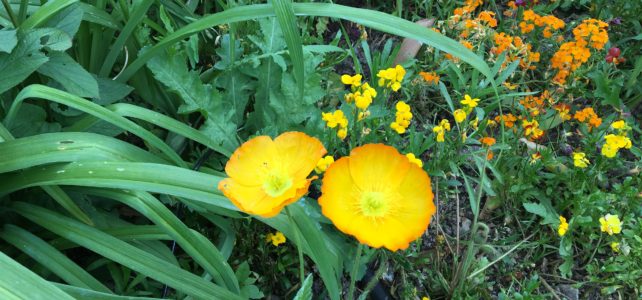
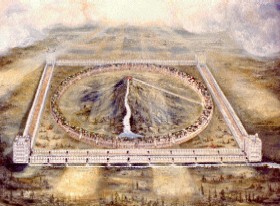
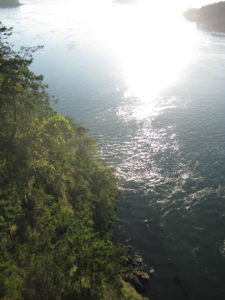
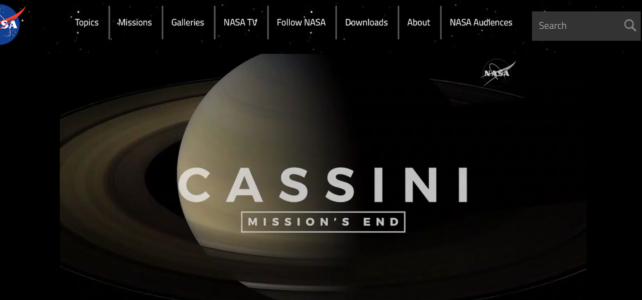


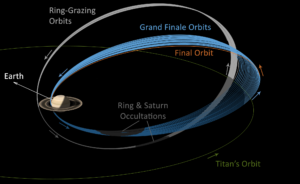

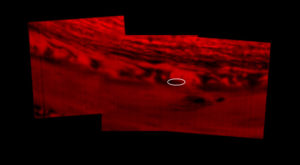
 My response is gratitude for those who have worked so long and hard to provide it. And to bend my knee before the One who creates it. I join with the ancient psalmist in prayer: The heavens proclaim the glory of God/and the firmament shows forth the work of his hands./Day unto day takes up the story/and night unto night makes know the message./ No speech, no word, no voice is heard/yet their span goes forth through all the earth,/their words to the utmost bounds of the world.
My response is gratitude for those who have worked so long and hard to provide it. And to bend my knee before the One who creates it. I join with the ancient psalmist in prayer: The heavens proclaim the glory of God/and the firmament shows forth the work of his hands./Day unto day takes up the story/and night unto night makes know the message./ No speech, no word, no voice is heard/yet their span goes forth through all the earth,/their words to the utmost bounds of the world. 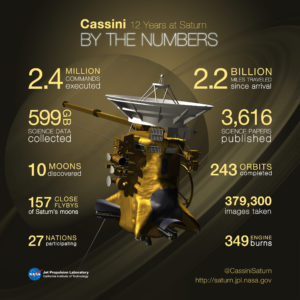


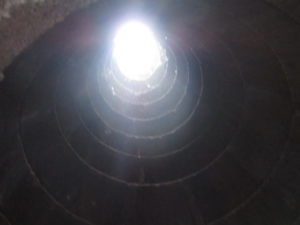
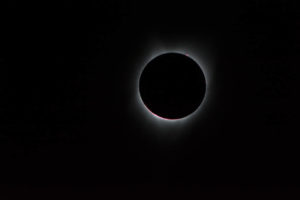


![By Gravure d'Antoine Maurin dit "Maurin l'aîné" (1793-1860) à partir d'un dessin de Louis Janmot (1814-1892) [Public domain], via Wikimedia Commons Pencil drawing of Blessed Fredric Ozanam](http://www.maryvanbalen.com/wp-content/uploads/2017/09/Frédéric_Ozanam_2-220x300.jpg)



